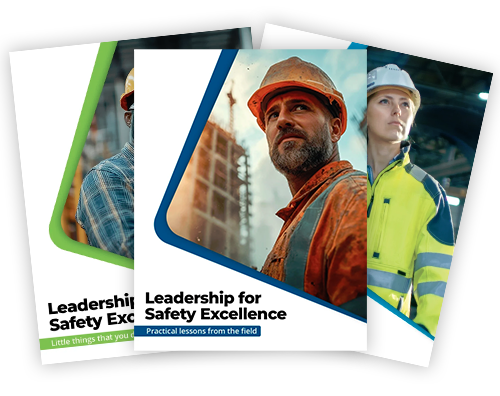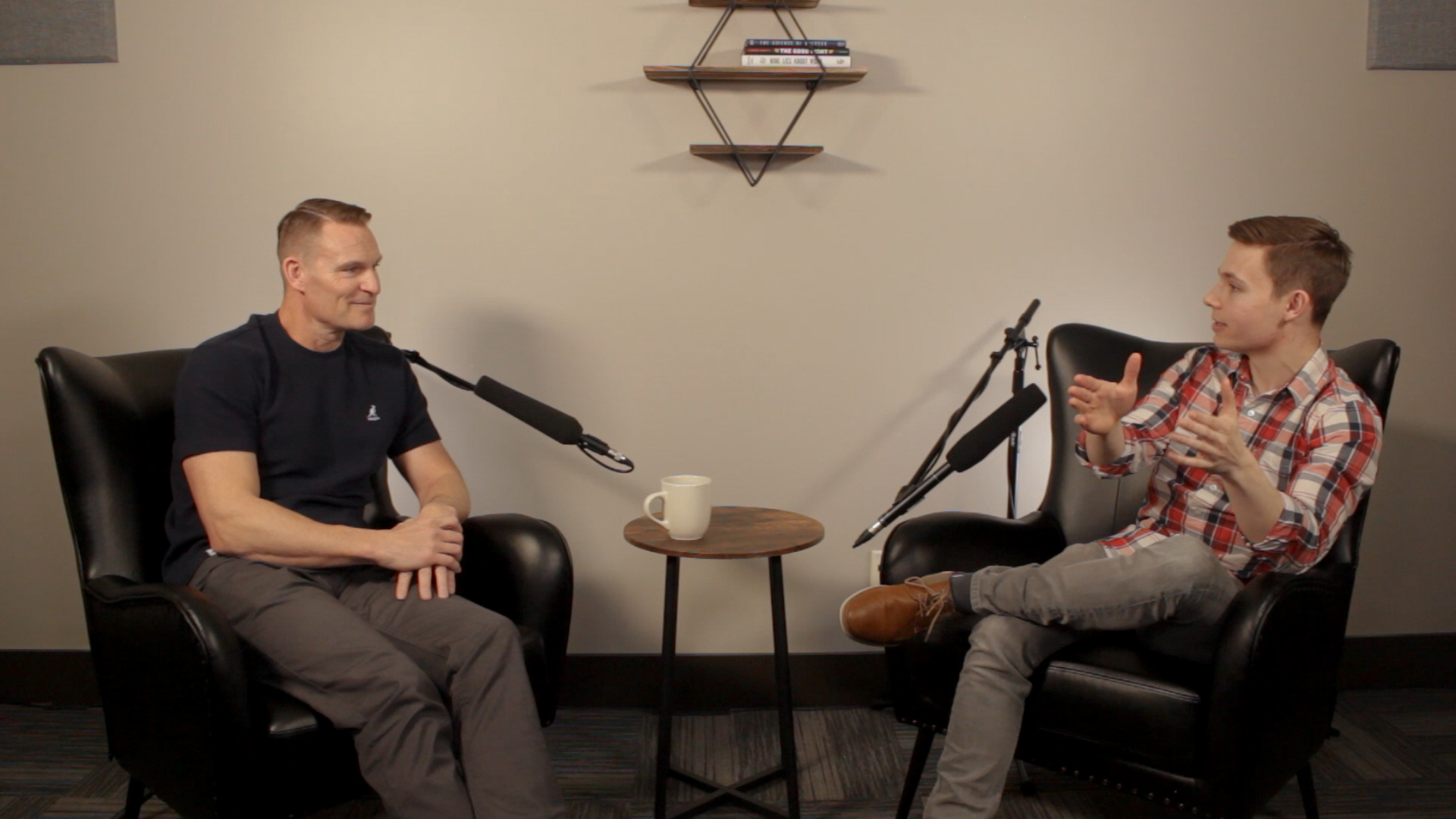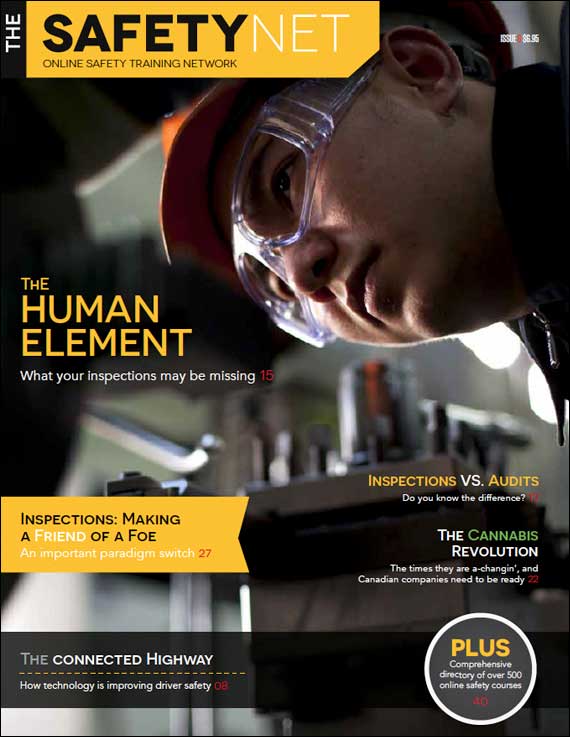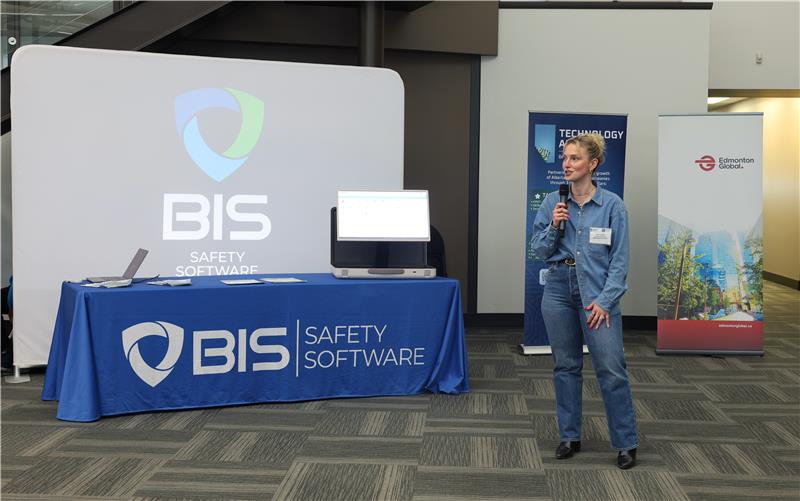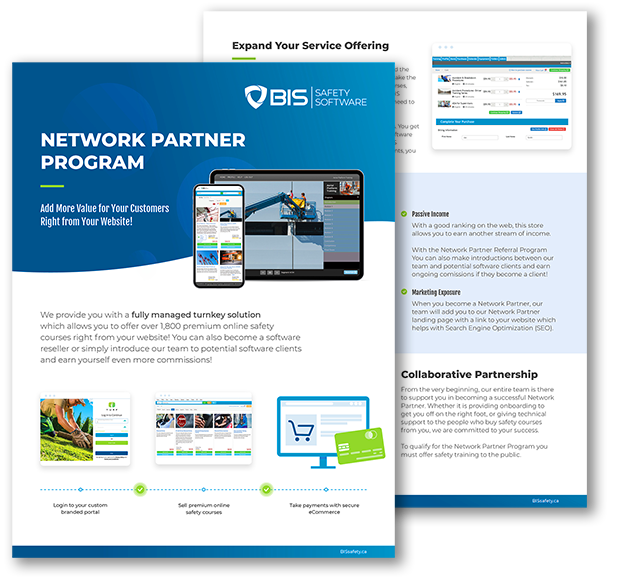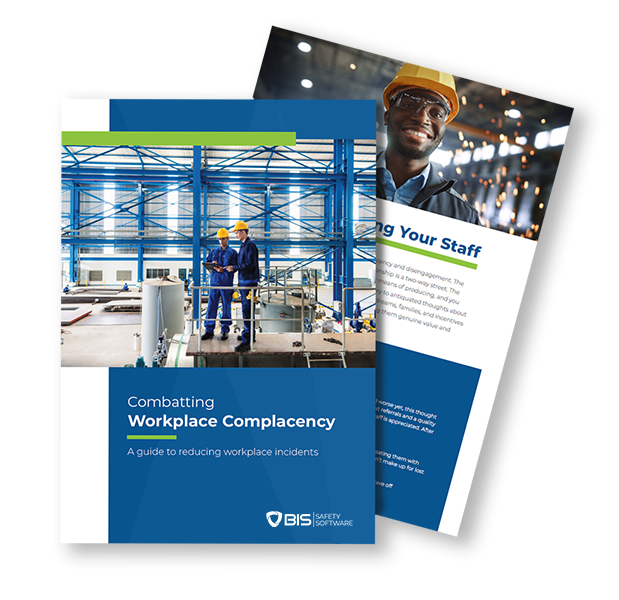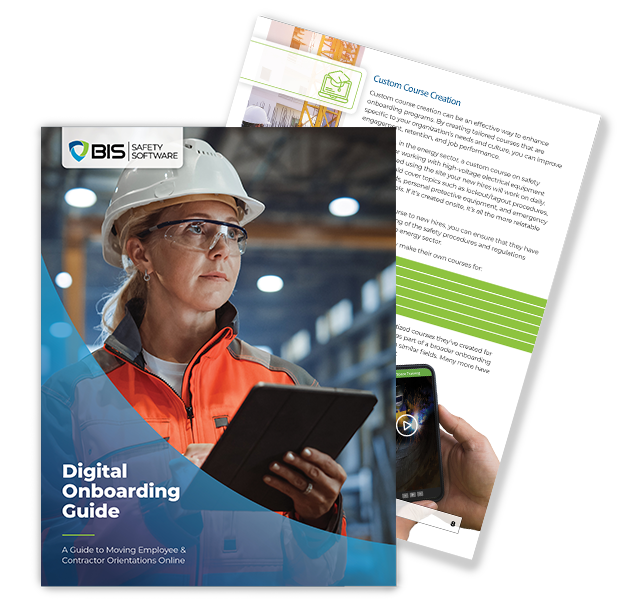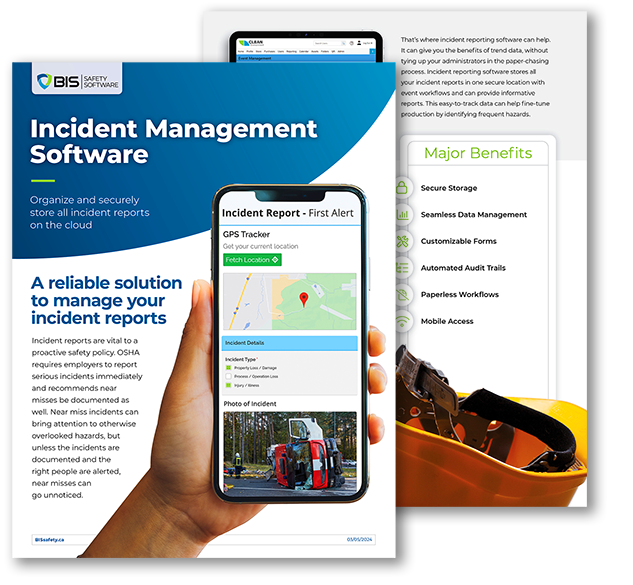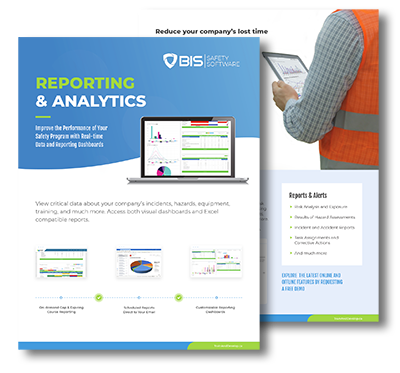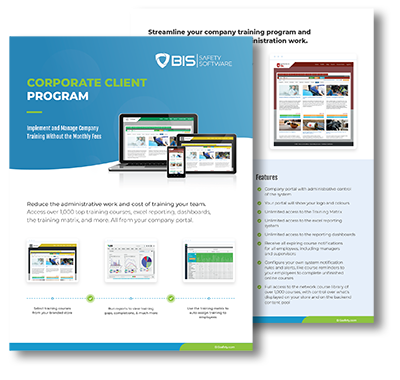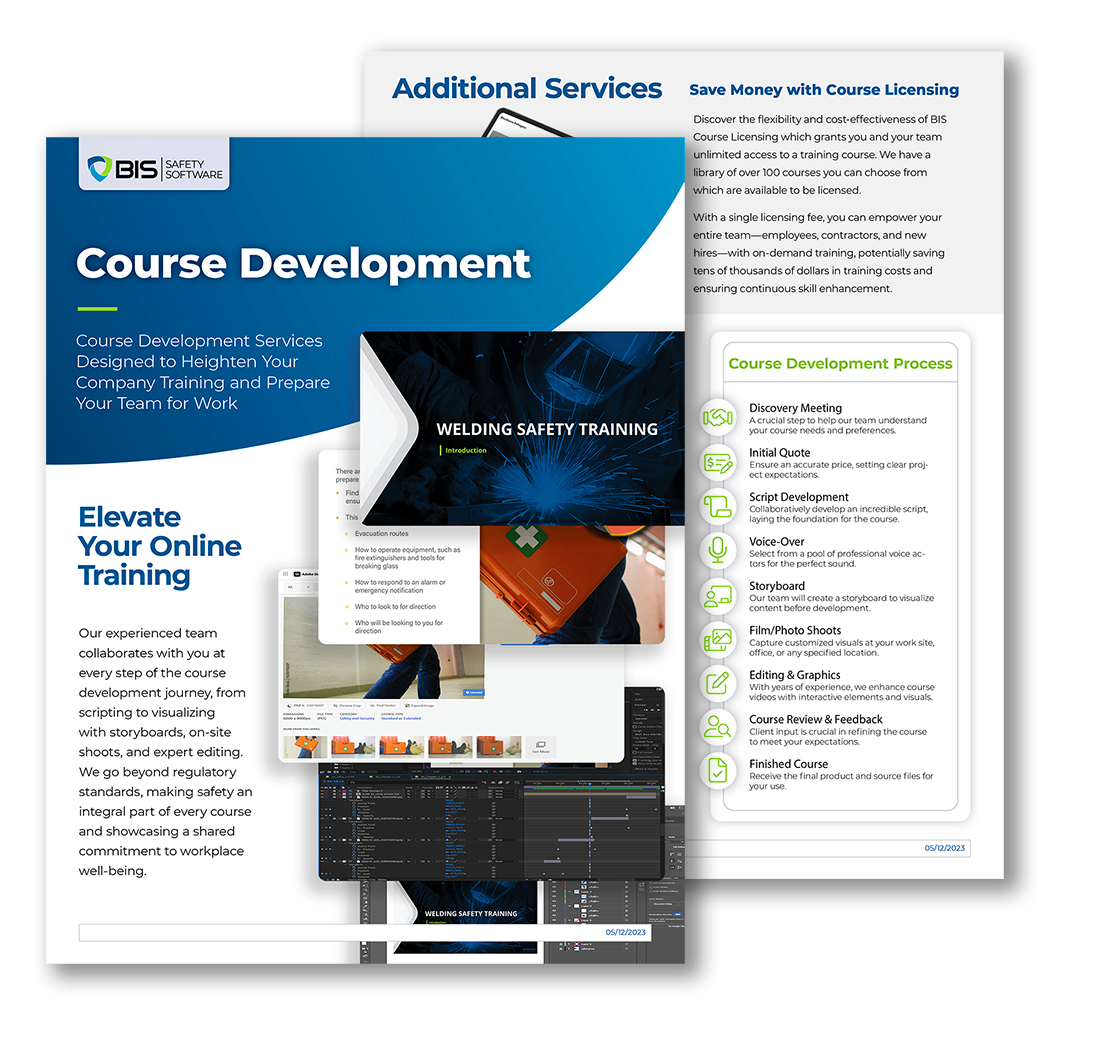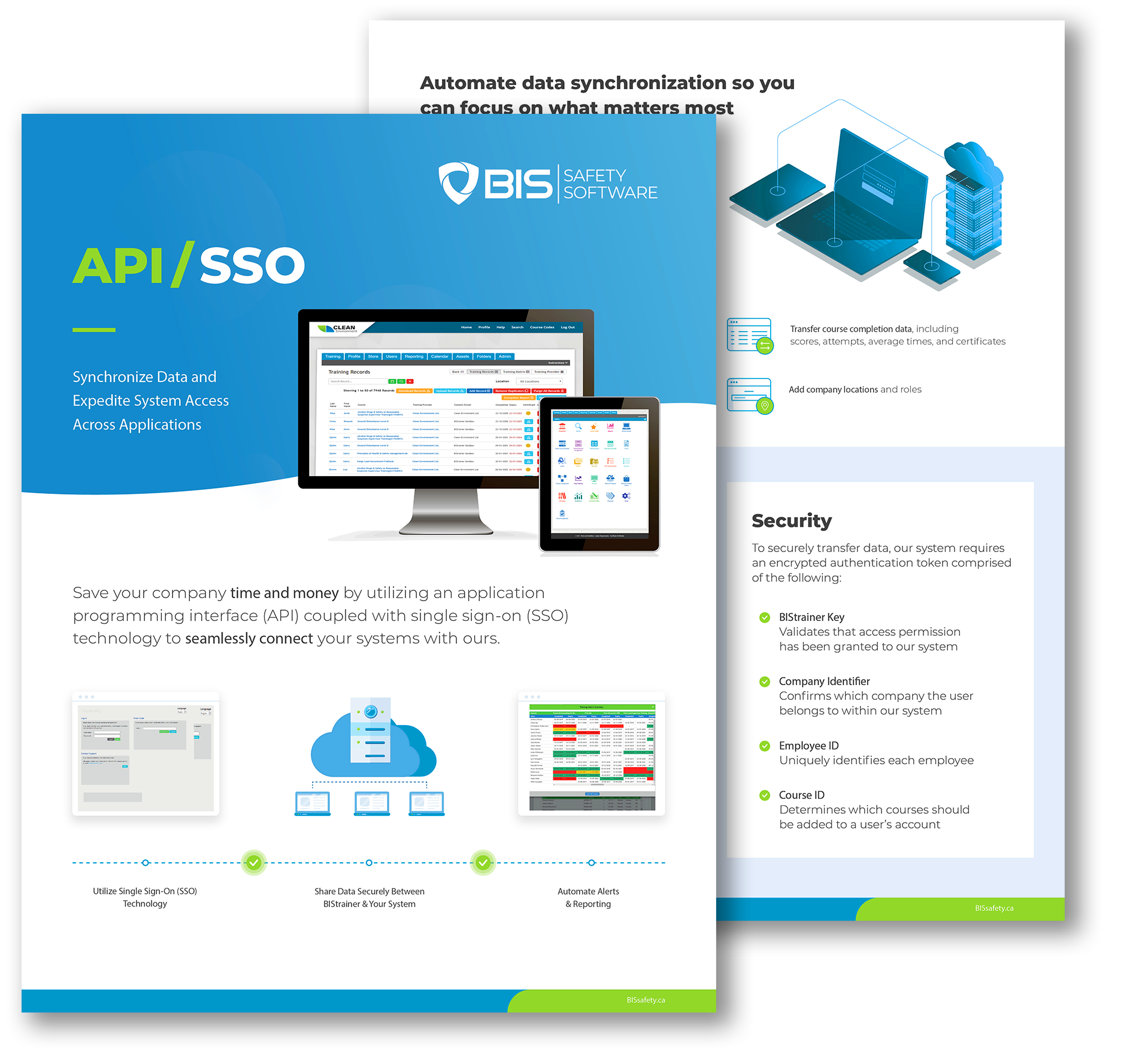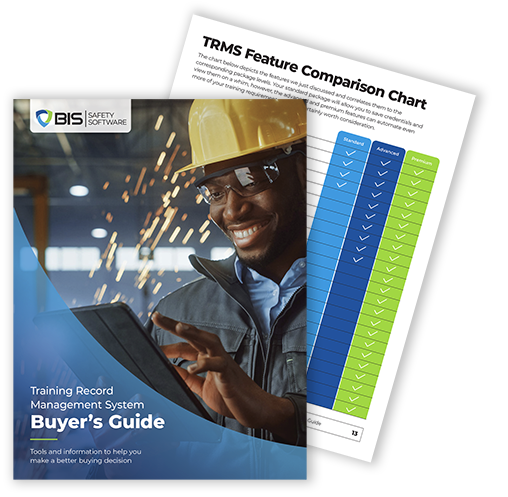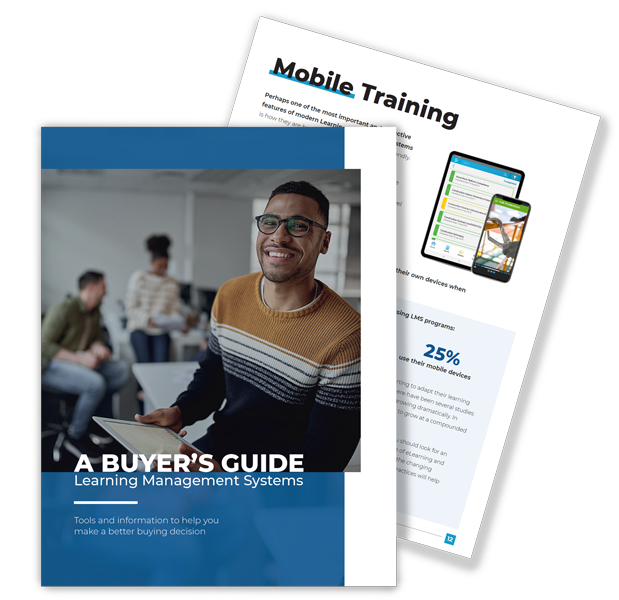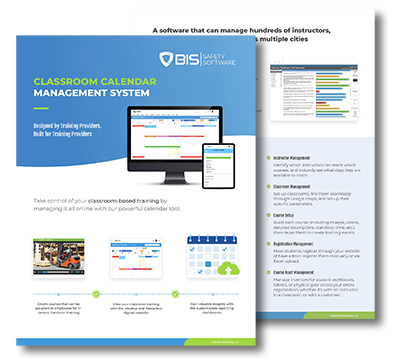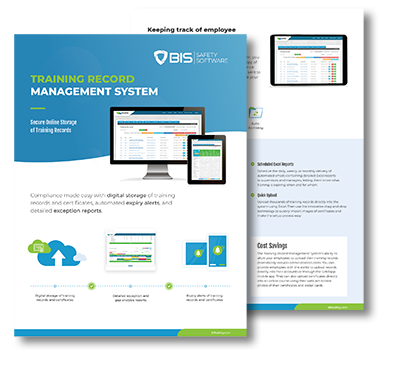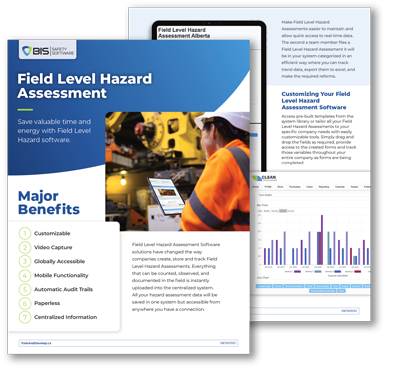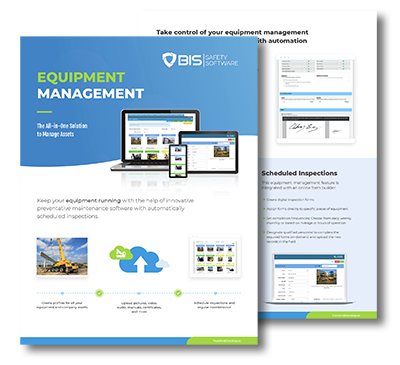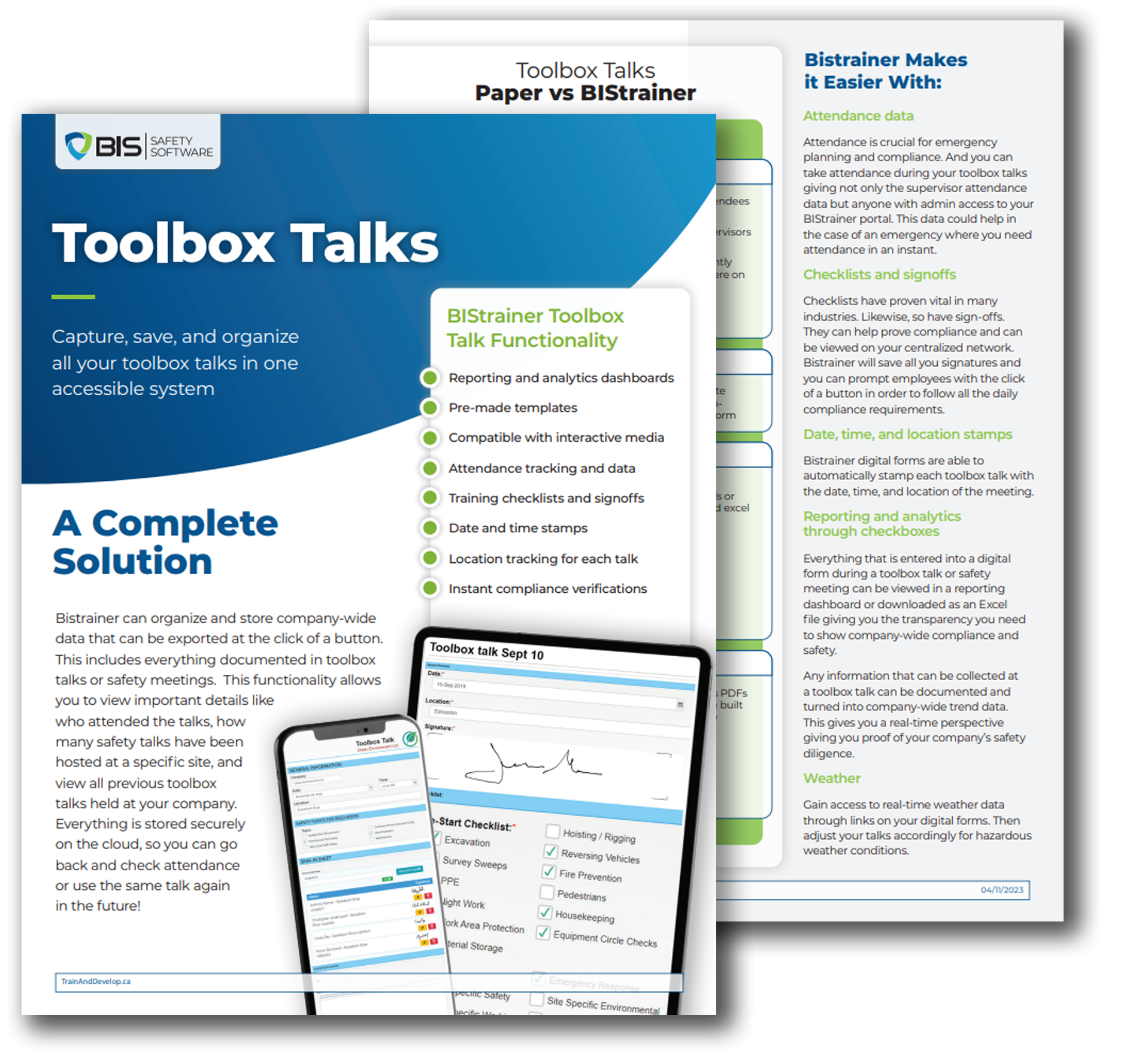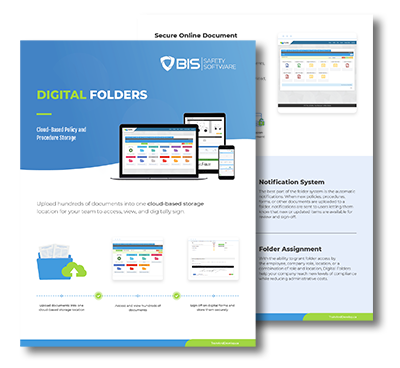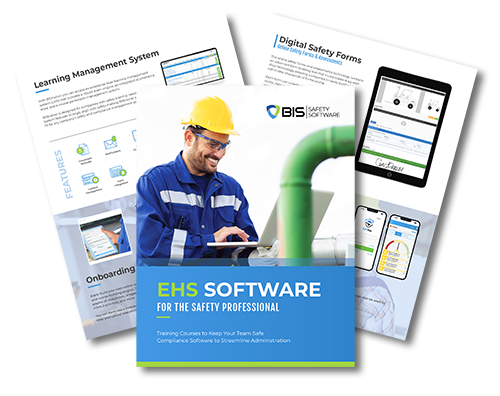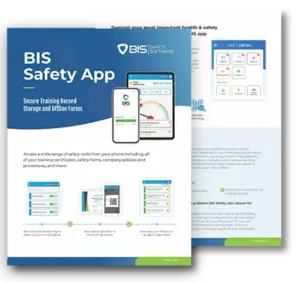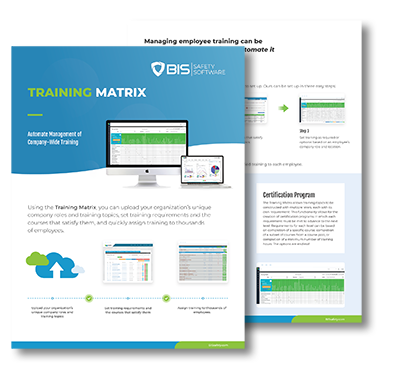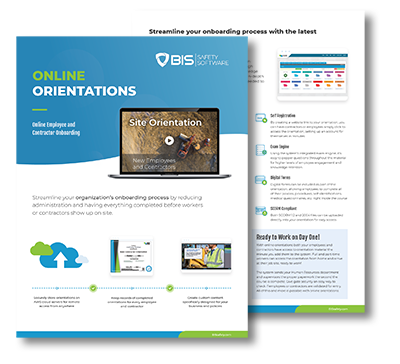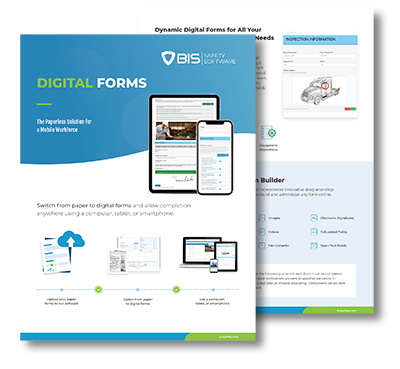Let’s be honest. No kid ever said, “When I grow up, I want to write hazard assessments and investigate near misses.”
And yet, here they are, the safety professionals who make sure everyone gets home in one piece. The ones doing the hard, often invisible work of preventing disaster. The ones stepping into chaos with calm, into confusion with clarity.
Funny thing is, none of them planned to end up here. And that might be exactly why they’re so damn good at it.
They didn’t study safety because it was trendy. They didn’t chase it because it looked good on paper. They found it the hard way. The honest way. And the results speak for themselves.

The Accidental Experts: Stories From the Field
Jennifer Lastra: Built by Grit, Driven by Purpose
Before Jennifer Lastra was changing the game with virtual reality safety training, she was wiring ships in the U.S. Navy. “I never realized how unsafe shipboard construction was until much later,” she said, working with electricity surrounded by steel and water, in 100°F heat or bitter cold. Add loud machinery, confined spaces, and mental fatigue, and you’ve got a cocktail for chaos.
After the military, she moved into night vision manufacturing and training pilots. The theme? High-risk, high-responsibility roles where getting it wrong could cost lives. But it wasn’t until she stumbled onto the power of VR that she saw a way to actually change behavior, not just tick training boxes or pass tests.
Jennifer didn’t study safety. She lived it. She saw firsthand how real danger feels and how poorly traditional training prepares people for it. When she found a tool that could bridge that gap, she chased it like a mission. Now she leads with a clear vision: impact a million lives a year.
Allan Moore: From Interpreter to Safety Crusader
Allan Moore never meant to work in safety. In fact, his first role was as a Mandarin translator for a manufacturing company in Taiwan. One day, corporate needed someone to roll out global HSE protocols locally. They looked around and said, “You know all the words. It’s you now.”
Just like that, he was in.
But Moore wasn’t content being the kind of safety guy he’d loathed on the rigs, clipboard-waving, blame-slinging, out of touch. He’d spent years in labor jobs where safety was seen as an inconvenience or a threat. So when the role fell into his lap, he made a vow: never to do safety the way it had been done to him.
He learned the craft, coached teams with empathy, and focused on emotional bank accounts — building enough trust that when hard conversations had to happen, people listened. Safety became about relationships, not rules. Guidance, not guilt.
Allan proves you don’t need a conventional path to make a lasting impact. You need heart, humility, and the guts to do it differently.
Dr. Johanna Pagonis: From Psychology to Psychological Safety
When Dr. Johanna Pagonis started her company, she wasn’t thinking about the safety industry. She was thinking about systems, how people learn, lead, and function inside organizations. She believed leadership wasn’t about control, but culture.
Then a former colleague, an OHS lawyer, told her: “What you’re doing? That’s what the safety world needs.”
So she leaned in. Today, she helps safety leaders go beyond rules and regulations to build cultures of safety — places where people feel empowered to speak up, challenge the system, and care for one another. “You can have the best equipment and checklists,” she says, “but if people don’t feel safe enough to use them or speak up when something’s wrong, it all falls apart.”
For Johanna, safety isn’t a compliance exercise. It’s a leadership mindset. A culture shift. One built on emotional intelligence, shared accountability, and the courage to lead with heart.
Martin Tanwi: The Field First, Always
Martin Tanwi didn’t have a dramatic incident or a pivotal accident that led him to safety. He just kept asking: Where can I make a difference? After earning degrees in environmental science and industrial safety, he landed in occupational health, and then boots on the ground. Oil. Gas. Pipelines. Robotics. Real work. Real risk.
His approach is clear: you can’t write protocols from an office chair. “You have to be there. You have to see what they’re up against,” he says. He’s walked in steel-toed boots, not just polished boardrooms. That gives him credibility and context.
To Martin, safety is about presence. Understanding. Empathy. It’s less about telling and more about listening. That’s how you protect people — by knowing them.

Why This Matters
These folks didn’t get here by memorizing regulations. They got here by doing. By failing. By watching someone get hurt. By asking hard questions. By caring when no one was looking. And by sticking around when it got messy.
They didn’t follow a blueprint. They built their own.
They didn’t dream of safety. But they live it now, and that makes all the difference.
What unites them isn’t a job title. It’s a mindset. A bias for action. A deeply personal belief that safety is everyone’s responsibility, and someone has to lead the charge.
So here’s the challenge:
Are we hiring people with the right degree… or the right drive?
Are we building systems that empower… or just enforce?
Because the future of safety isn’t in more paperwork. It’s in people like Jennifer, Allan, Johanna, and Martin, the ones who crashed the party, and changed it from the inside.
Let’s stop looking for perfect resumes. Let’s start looking for people with scars, stories, and the courage to make safety something human again.
Work smart. Stay strong. Speak up.
Related Articles
- All Posts
- #EmergencyPreparedness
- 2025 safety trends
- 360 Immersive
- 360immersive
- 6S Safety
- accident prevention
- accidental careers
- accountability
- adjustable workstations
- adult education
- AFAD
- AI automation
- AI implementation
- AI in business
- AI in operations
- AI in Safety
- AI podcast
- AI strategy
- AI transformation
- Airborne Hazards
- Alberta safety
- Alberta safety courses
- Allan James Moore
- Anhydrous Ammonia
- artificial intelligence
- asking for help
- audit findings
- audit readiness
- Audit Reporting
- automation in safety
- automation strategy
- avoidable injuries
- awareness
- Aztec Safety
- back strain
- BambooHR integration
- Bear safety
- behavior-based safety
- Behavioral Safety
- behavioural safety
- biometric sensors
- BIS Podcast
- BIS Safety Podcasts
- BIS Safety Software
- BIS Safety Spotlight
- black holes
- Blame Culture
- Blue Angels
- Boom Lift Safety
- BP Texas City Explosion
- Brave Leadership
- Brett Burkard
- bump test
- burnout
- business automation
- calibration
- call before you dig
- Canadian Compliance
- Canadian OHS
- Canadian safety
- Canadian safety history
- Canadian Safety Regulations
- Canadian safety standards
- Canadian wilderness safety
- carbon monoxide
- Cargo Securement
- Carolynne Heron
- CCOHS
- chemical
- Chemical Safety
- chemical vapors
- chronic injuries
- chronic pain
- cloud-based safety tools
- Coming Soon
- Commercial Drivers
- Commercial Vehicle Safety
- Communication in Safety
- Communication Systems
- community safety programs
- Competency in Safety
- complacency in safety
- Compliance
- compliance courses
- Compliance In Canada
- compliance issues
- Compliance management
- Compliance Reporting
- compliance software
- compliance tools
- compliance tracking
- compliance training
- compliance vs protection
- confined space
- Confined Space Safety
- Construction advocacy
- Construction education
- Construction industry
- construction safety
- construction safety training
- construction technology
- ConstructionSafety
- continuous improvement
- continuous safety improvement
- corporate culture
- corporate training
- corrective actions
- CPR and AED
- crane
- CSA standards
- Customer Spotlight
- Customer Spotlight Kevin Swinden Global Hazmat Safety Culture Hazmat Management Dangerous Goods Competency in Safety Workplace Risk Mitigation BIS Training Clients Canadian EHS
- customized training
- daily trip inspection
- Damage Prevention
- Dangerous Goods
- dangerous goods classification
- Danny Sellers
- data-driven safety
- debriefing
- Decision Analysis
- Decision quality
- defect management
- defect tracking
- defensive driving
- DEI in onboarding
- digital badges
- digital compliance
- digital FLHA
- digital forms
- Digital Hazard Reporting
- Digital Onboarding
- digital safety
- Digital Safety Audits
- digital safety meetings
- Digital Safety Solutions
- Digital safety systems
- digital safety tools
- digital safety transformation
- digital site access
- Digital Training Tools
- digital transformation
- DMS features
- document control
- document management system
- Dr. Joanna Pagonis
- Dr. Tom Krause
- Driver Fatigue
- driver file management
- driver training
- driving instructor program
- DTRMS
- Duty-Time Management
- e-learning
- e-learning tools
- eadership in safety
- early intervention
- education technology
- EHS
- EHS Adoption
- EHS Compliance
- EHS digital solutions
- EHS Inspections
- EHS Onboarding
- EHS software
- EHS Strategy
- EHS systems
- EHS technology
- EHS tools
- Einstein
- ELD
- electrical safety
- Elevated Work Safety
- elite performance
- Emergency Action Plan
- emergency preparedness
- emergency procedures
- emergency response
- emergency supplies
- emotional training
- EmpathyInLeadership
- employee behavior
- employee engagement
- employee health
- Employee onboarding
- employee preparedness
- Employee Readiness
- employee safety
- employee training
- employee trust
- Employee Well-Being
- EmployeeEngagement
- Employer Responsibilities
- Energy Isolation
- engaging toolbox meetings
- equipment inspections
- Equipment Operation
- ergonomic consulting
- ergonomic design
- ergonomic risks
- ergonomics
- Evacuation Procedures
- evidence collection
- EWI Works
- excavator safety essentials
- exoskeleton
- exoskeletons
- failure analysis
- fall prevention
- fall protection
- fast onboarding
- field experience
- field level hazard assessments
- field operations
- field safety
- field safety assessments
- field safety communication
- field safety leadership
- field safety services
- Field Safety Technology
- field safety tools
- Field-Friendly Software
- Fire Drills
- fire prevention
- Fire Safety Training
- first aid
- first aid kit
- first week on the job
- first workplace injury
- Fit Testing
- flaggers
- Fleet Compliance
- fleet management
- fleet safety
- FLHA engagement
- FLHA Integration
- FLHA software
- floor mats
- FMEA
- freight
- Frontline Engagement
- frontline safety
- fuel handling
- future of work
- gas detection
- gas monitors
- Gas Respirator Safety
- Gas Safety
- Global Hazmat
- global onboarding
- Good Samaritan laws
- gravitational waves
- gut feeling in safety
- hand injuries
- handling hazardous materials
- hands-on training
- hazard analysis
- hazard assessment compliance
- hazard assessment software
- Hazard Awareness
- hazard communication
- Hazard Control
- Hazard Identification
- hazard prevention
- hazard recognition
- hazard reporting
- hazard reporting technology
- hazard tracking
- Hazardous Energy Control
- Hazardous Materials
- Hazmat Management
- Health & Safety Podcast
- health and safety
- hearing loss prevention
- hearing protection
- heavy equipment operation
- heavy equipment safety
- hidden workplace hazards
- high voltage systems
- High‑performance teams
- HOS Training
- Hours of Service
- HR automation
- HR software
- HR technology
- human factors
- human factors in safety
- human in the loop
- Human Performance
- human vs machine
- human-centered design
- human-centered safety
- Human-Centred Safety
- HumanCenteredLeadership
- Humble leadership
- humor in safety
- hydrogen sulfide
- ICBC certification
- ice melt
- identification
- immersive learning
- Imposter Syndrome
- incident data
- incident investigation
- incident management
- incident prevention
- incident reporting
- inclusive leadership
- industrial AI
- Industrial Hygiene
- industrial safety
- Industrial Training
- influence vs control
- Infrastructure Risk
- injury consequences
- injury prevention
- injury prevention tips
- injury recovery
- injury reporting
- injury response
- injury response plan
- inspections
- instant hazard logging
- instructor development
- internal audits
- international workforce
- interpreting safety data
- invisible dangers
- ISO standards
- Jeff Mulligan
- Jennifer Lastra
- job site accountability
- job site hazards
- job site risks
- job site safety
- jobsite readiness
- Jody Young
- KBR Safety Training
- Kevin Swinden
- labor movement
- ladder safety
- Leadership
- leadership accountability
- leadership and empathy
- Leadership by example
- Leadership Development
- Leadership in Safety
- Leadership Management
- leadership messaging
- Leadership trust
- LeadershipDevelopment
- Lean Manufacturing
- Lean Workplace
- learning from incidents
- learning management
- lifting techniques
- lighting
- LIGO
- Linda Miller
- LMS
- LMS features
- LMS software
- Load Securement
- Lock Out Tag Out
- lockout tagout
- Lone Worker Safety
- lone workers
- LOTO
- LOTO Training
- machine learning
- Machine Safety
- Maintenance Safety
- mental health at work
- MEWP Training
- MI Safety
- microlearning
- Mike Schwartz
- minor injuries
- mobile FLHA solution
- mobile onboarding
- Mobile Safety Apps
- Mobile Safety Platforms
- mobile safety reporting
- Mobile Safety Tools
- mobile safety tools safety compliance solutions
- MOU Standards
- mould hazards
- mould prevention
- movement in workplace
- Multi-Contractor Worksites
- multilingual training
- MyZone AI
- Near Miss Reporting
- new hire experience
- New Hire Safety
- New Worker Training
- new workers
- no-blame investigations
- noise exposure
- nonconformance
- Northern BC
- NRCA
- NSC Standard 13
- occupational fatigue
- occupational hazards
- occupational health
- Occupational Health and Safety
- Occupational Health and Safety (OHS)
- occupational health risks
- occupational safety
- occupational therapy
- OH&S
- OHS
- OHS Compliance
- OHSA
- oil and gas safety
- omni-training
- On-Site Safety
- onboarding Canada
- onboarding safety
- Onboarding Software
- online learning
- online orientation software
- Online safety training
- operational efficiency
- Operational Excellence
- Operational risk
- organizational culture
- organizational safety
- OSHA compliance
- OSHA standards
- outdated practices
- Outdoor work hazards
- overconfidence
- overhead crane courses
- pain awareness
- paperless safety reporting
- paperless safety talks
- personal protective equipment
- Pharmaceutical Safety
- physics careers
- pipeline safety
- playbook software
- podcast
- post-accident review
- post-incident protocol
- PPE
- PPE enforcement
- PPE improvement
- PPE Training
- pre-trip inspection
- predictive analytics
- pretrip inspection
- preventing shortcuts
- preventive action
- proactive risk management
- proactive safety
- proactive safety culture
- proactive safety measures.
- Proactive Safety Systems
- process improvement
- Professional development
- propane safety
- propane storage
- protective clothing
- psychological hazards
- psychological safety
- PsychologicalSafety
- quality control
- quality management
- quality standard
- Real Safety Leadership
- real-time hazard reporting
- Real-Time Reporting
- real-time safety
- real-time safety tools
- real-time site data
- recordkeeping
- reduce training costs
- regulatory updates
- repetition in safety
- repetitive motion injuries
- respirator safety
- respirators
- Respiratory Protection
- risk assessment
- risk management
- risk mitigation
- risk prevention
- Risk Prevention Tools
- risk reduction
- road safety
- Robin Postnikoff
- ROI with AI
- root cause analysis
- root cause correction
- routine task risks
- safe excavation
- safe habits
- safe transport
- safe work habits
- safe work practices
- safety
- safety accountability
- safety advice
- safety article
- Safety Audit Software
- safety automation
- safety awareness
- Safety Behaviour
- safety best practices
- safety communication
- safety compliance
- Safety Conversations
- safety culture
- safety data
- safety data sheets
- safety documentation
- safety engagement
- safety follow-up
- safety gear
- safety gloves
- safety goggles
- safety habits
- safety improvement
- safety incentives
- safety innovation
- safety insights
- safety inspection
- safety instinct
- Safety Leaders
- safety leadership
- Safety Leadership Podcast
- safety legislation
- safety lessons
- safety management
- safety management system
- safety management systems
- safety metrics
- safety mindset
- safety motivation.
- safety myths
- safety onboarding
- safety planning
- safety podcast
- safety procedure updates
- Safety Procedures
- safety process improvement
- safety professionals
- safety reporting
- safety review process
- safety shortcuts
- safety software
- Safety Spotlight
- Safety strategy
- safety systems
- safety technology
- safety theater
- safety tips
- safety tools
- safety training
- safety transformation
- safety transparency
- SafetyCulture
- SafetyLeadership
- Sarah Anderson
- scaffold safety
- scaffolding inspections
- scalable training solutions
- Scott Lyall
- SDS
- shipping documentation
- silent dangers
- silica dust
- Sinogap Solutions
- slips trips falls
- slow-building hazards
- smart helmets
- smart PPE
- smart safety systems
- smart safety tools
- Social Learning
- SOPs
- space science
- Spencer McDonald
- Standardized Work
- stop work authority
- storytelling and safety
- storytelling in safety
- supervisor training
- system safety
- Systems Thinking in Safety
- tablet-based toolbox talks
- TCP safety
- TDG
- team communication
- team performance
- teamwork
- tech and ergonomics
- tech in safety
- tech-enabled learning
- Thinking Driver
- Titan Environmental
- Tom Krause
- toolbox talks tablets
- Total Recordable Injury Formula
- tough guy mentality
- toxic air
- traction control
- traffic control
- traffic control plan
- training
- training courses
- Training integration
- training management
- training matrix
- training record management
- training records
- training software
- TrainingAndDevelopment
- transportation
- transportation of dangerous goods
- Transportation Regulations
- Transportation Safety
- Trucking Regulations
- trust
- Trust & Accountability
- Trust & Communication
- Trust and Accountability
- trust at work
- Underground infrastructure
- underground utilities
- unseen workplace threats
- Upward communication
- user experience
- utility line marking
- utility locating
- Utility safety
- Utility Safety Partners
- values-based onboarding
- vehicle safety
- version control
- veteran advice
- Virtual Reality
- VR safety training
- VR Technology
- walkway maintenance
- wearable technology
- Weights and Dimensions
- WHMIS
- Wildlife awareness
- winter safety
- witness statements
- women in leadership
- work zone safety
- work-alone training
- work-related injuries
- worker accountability
- worker advocacy
- worker fatigue
- worker protection
- worker safety
- worker safety habits
- worker safety tips
- worker trust
- worker wellbeing
- workers' rights
- Workforce Automation
- workforce compliance
- Workforce development
- workforce engagement
- workforce management
- Workforce Readiness
- workforce training
- Working Alone Canada
- workplace accidents
- workplace air quality
- workplace best practices
- workplace certification
- workplace compliance
- Workplace Culture
- workplace hazard prevention
- Workplace Hazard Tracking
- workplace hazards
- workplace health
- workplace incident response
- workplace injuries
- workplace injury prevention
- workplace inspections
- workplace leadership
- workplace mindset
- Workplace Organization
- workplace readiness
- workplace risk factors
- workplace risk management
- Workplace Risk Mitigation
- Workplace safety
- Workplace Safety Compliance
- workplace safety culture
- Workplace Safety Leadership
- workplace safety rules
- workplace safety tech
- workplace safety tips
- Workplace Safety Tools
- workplace safety training
- workplace stress
- workplace tiredness
- workplace wellness
- WorkplaceSafety
- WSPS
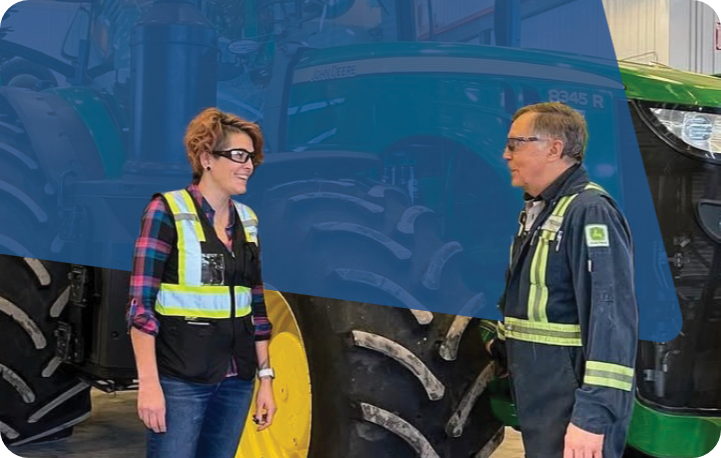
Erin leads with empathy, communication, and genuine connection, focusing on what workers experience every day. By building trust, encouraging open...

Ethan Winder’s approach to safety leadership goes beyond rules, he focuses on communication, trust, and understanding the real work people...

Adam Thornton’s safety philosophy goes far beyond rules. Grounded in curiosity, connection, and courage, his approach focuses on understanding real...




